
Make Your Game More Interesting with Unusual Races in D&D
Race has always been a core part of Dungeons & Dragons and fifth edition D&D is no exception. I’ve often heard arguments go both ways about whether or not a Dungeon Master should limit the racial options players can choose from. On the one hand players argue anything in an officially published source should be usable in any setting. They contend limits aren’t fun, they want to use the mechanics listed in their favorite sourcebook for a given race or even how limiting what race players choose from is a manifestation of racism (harsh!). On the flip side DMs who argue for limiting race options often have ideas for vibrant and specific worlds they’ve built. In these situations DMs often contend the limit of race options gives the game world more believability and immersion.
Mutations & magical mishaps
We’ve seen settings with limited player race options before, specifically as they pertain to the Magic: The Gathering settings for 5E D&D. These have been met with mixed responses and while this opening might suggest otherwise I’m not here to take sides on whether or not race choice should be limited. Rather I want to write about three options for if your game’s setting has limited races, how DMs can accommodate players who want to play something unique and things players might suggest to their DMs to find a middle ground.
One of the easiest ways to explain a player character choosing a specific race for their character that isn’t included in the societies of a gaming world is to have the character be mutated or otherwise altered. Magical mishaps are absolutely a thing in D&D as shown by the Wild Magic Sorcerous Origin and Path of Wild Magic Primal Path. These events might leave a character forever changed from what they once were.
Essentially this is like a superhero origin story, after a fashion. Seeing as races are just suites of traits applied to your character, why couldn’t an alchemical accident have mutated their human form into a changeling? Maybe your elf went through a religious ritual with the god of water to become a water genasi? The dwarf could have been blessed by his ancestors to become a giant, turning his race into goliath.
Whatever the story, alchemy, magic and more could change a character’s nature and allow for an in-world explanation for this unique individual’s presence.
Otherworldly origins
Another origin baked into D&D’s core lore is the notion of the multiverse. Perhaps your character hails from another dimension or maybe they’ve been forced into a new world and need a way home?
Even grounded dark fantasy settings like Dragon Age’s Thedas accommodate this with characters like Cole, a rogue who is literally a magical spirit from another dimension who took a human form. Anders, another Dragon Age favorite hero (or villain – if you know, you know), is functionally a kalashtar, despite there being no proper society for that race. The Anders example is especially poignant for this one because it manifests much like a DM just saying yes to a player. In lore, mages possessed by spirits are abominations who destroy everyone around them yet Anders is an exception.
For those of you who might cringe at the idea of allowing this into your games I would encourage you to listen with an open mind about how or why this character would fit into your world. In Dragon Age, Ander’s existence is explained as an exception and what are D&D campaigns if not tales about exceptional individuals?
Reskinning a current race
Sometimes a player likes the idea of playing a specific race because of it’s surrounding lore of culture. Maybe they do want an actual society for their character to come from in-world. If the player’s view contradicts the world so heavily or causes plot holes then I’d recommend working with the player to develop how the character’s society exists.
Try presenting the plot hole to the player and ask them to come up with solutions and reconciliations. This sort of collaborative worldbuilding will likely make your player feel even more invested in the world and narrative because they had a hand in making it up. I’ve even done this one with the lizardfolk. In my homebrew setting of Aulmn, lizardfolk don’t really exist. In my mind I didn’t like the idea of a strictly savage race bordering on animalistic because the undertones made me feel uncomfortable.
However, someone mentioned wanting to make a character like the naga from World of Warcraft. They liked the ideas of the lore surrounding this race. This spurred me to look through the Monster Manual where I found the merrow, a race of fish people who strongly resemble the lizardfolk in a number of ways and also exist in mythology.
I then built the merrow race into my setting as a reskinned variant of the lizardfolk, substituting their scavenging feature for improved darkvision and their ability to hold their breath with the replacement of simply being able to breathe air and water alike. These easy changes offered a whole new race that matched what my player wanted.
What’s the Point?
At the end of the day D&D is about having fun and crafting stories with friends. If someone really feels they need accommodation for a character idea, listen and have a conversation. Obviously you don’t need to say yes but if you at least open your mind enough to entertain the idea then you may find new and interesting developments for your world you’d never considered before.
What do you think about limiting race options in D&D? Do you play in your own homebrew setting, or do you use prewritten campaign settings? Let us know in the comments below or connect with us on Facebook to share your RPG stories!




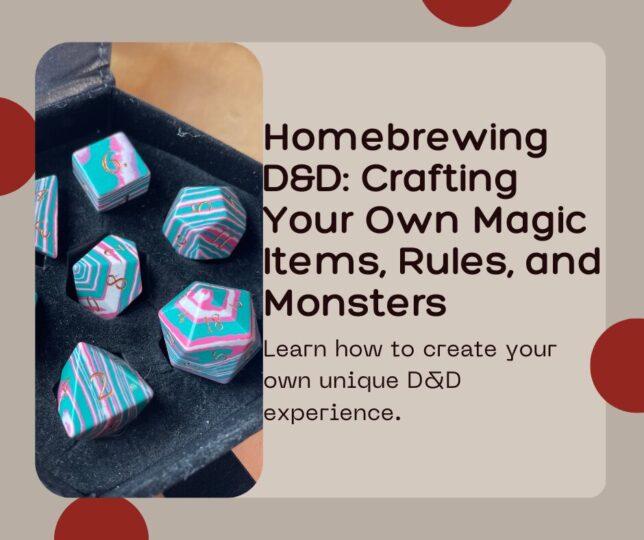
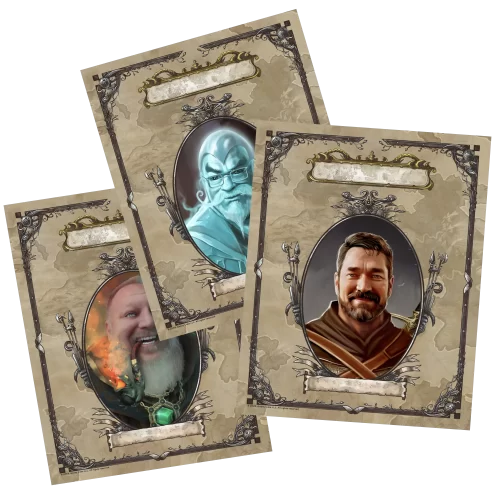
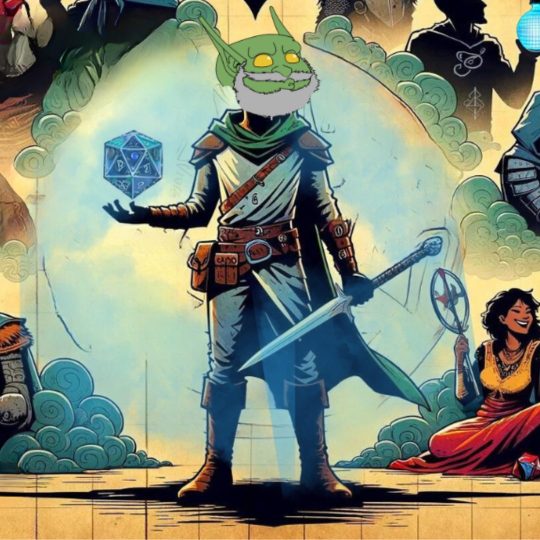
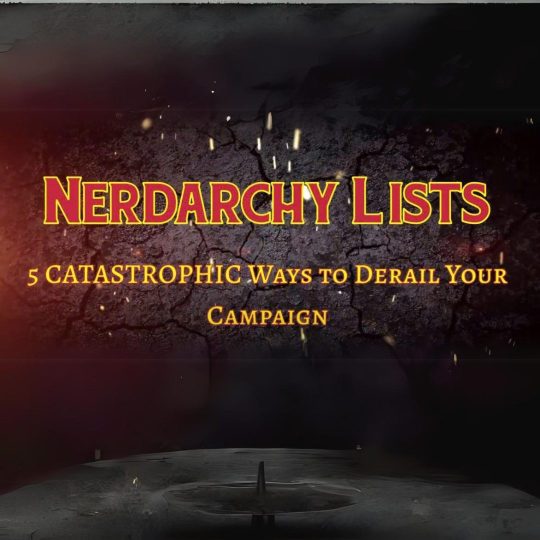
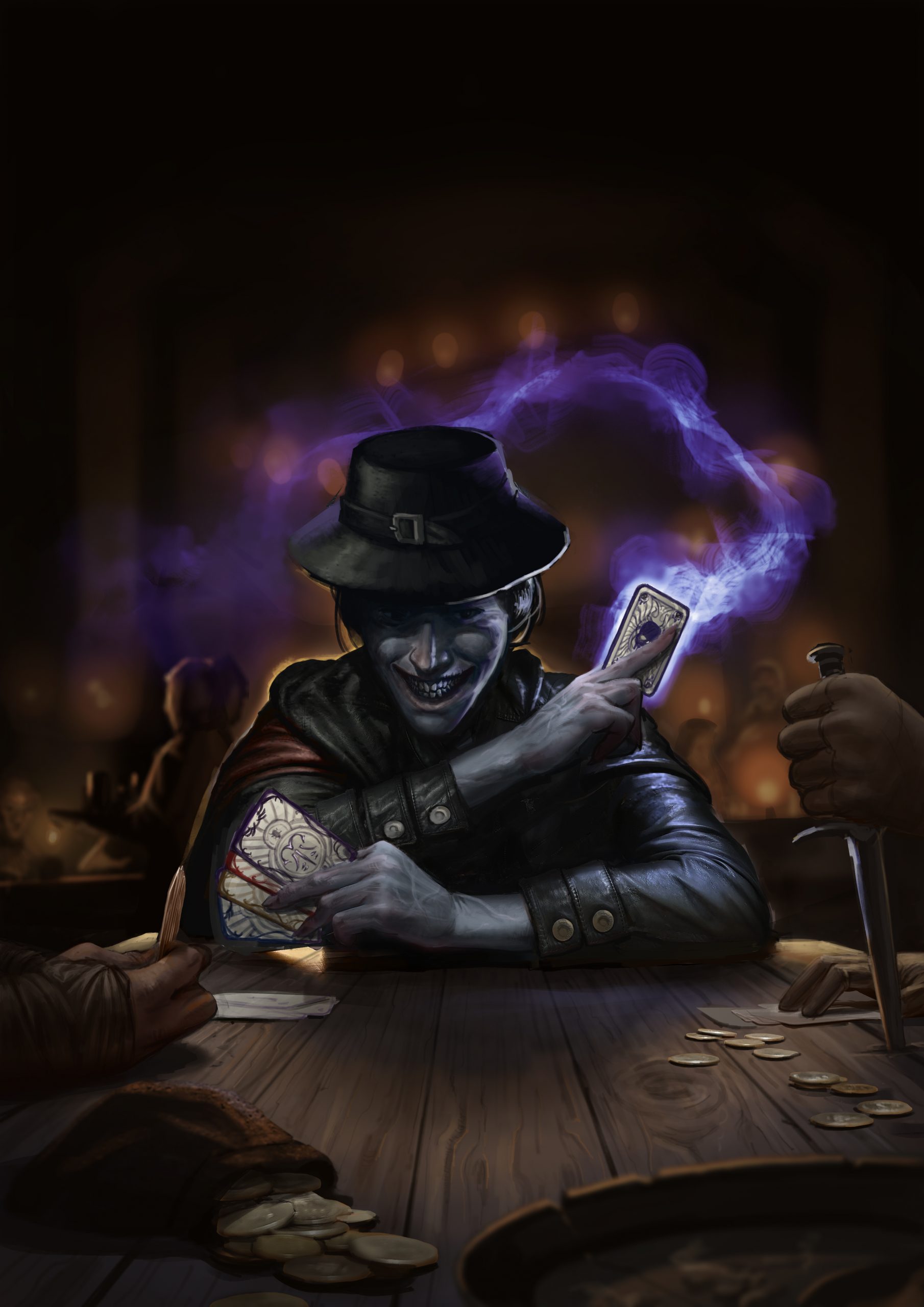
No Comments